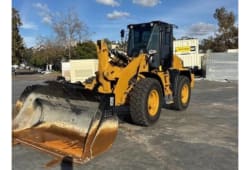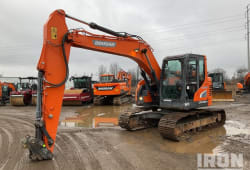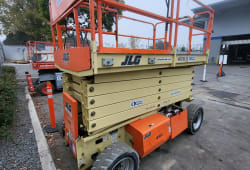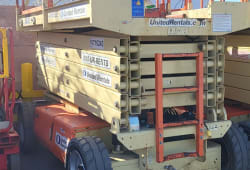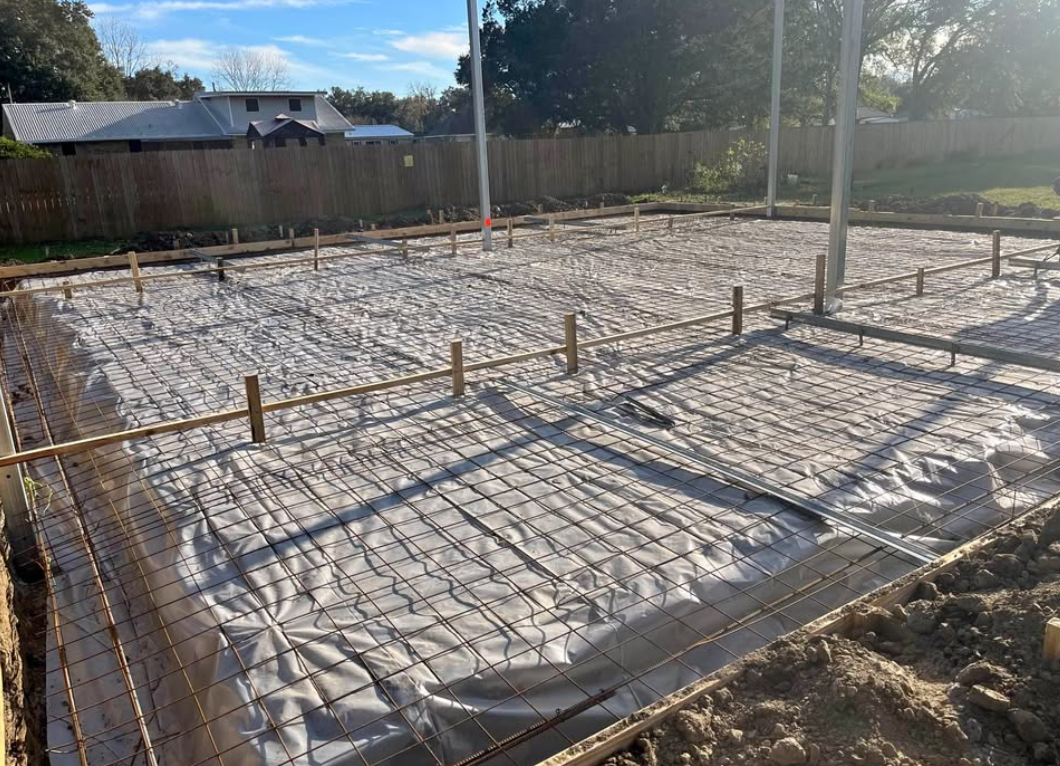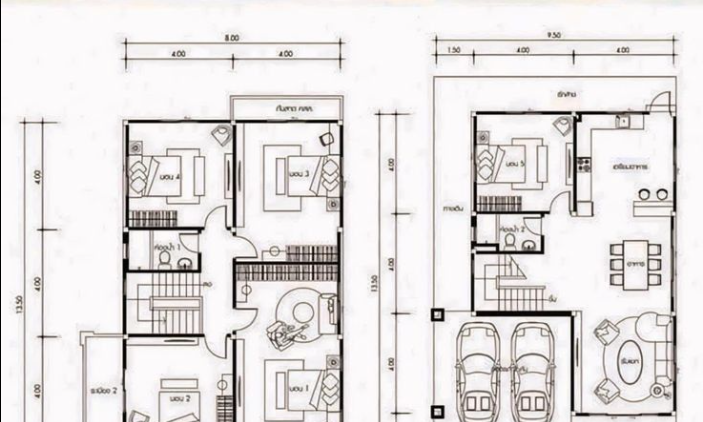Construction Cost Estimating Tips: How to Estimate Construction Costs Accurately in 2025
4 Min read
)
May 19, 2025
Accurate construction cost estimating is more critical than ever in 2025. With ongoing increases in material prices, labor shortages, and unpredictable economic factors, project budgets can quickly spiral out of control without proper forecasting. Whether you're a general contractor, developer, or project manager, knowing how to estimate construction cost accurately is the foundation of a successful build.
This guide shares practical, up-to-date construction cost estimating tips and explores the best tools and software for 2025 to help you stay competitive and profitable.
What Is a Construction Estimate and Why It Matters
A construction estimate is a detailed projection of all the costs associated with completing a construction project, including materials, labor, equipment, overhead, and profit margins. It serves as the financial blueprint for your build.
Why Accurate Estimates Are Essential:
Budget Planning: Prevent cost overruns by knowing your financial needs upfront.
Competitive Bidding: Win more jobs with well-prepared, realistic bids.
Project Management: Allocate resources more efficiently and manage timelines effectively.
Common Challenges in Cost Estimation:
Fluctuating material and labor costs
Incomplete design documents
Overlooked soft costs and contingencies
Understanding how to estimate construction cost properly can be the difference between project success and budget failure.
Key Construction Cost Estimating Tips
:format(webp))
1. Start with a Detailed Project Scope
Begin every estimate with clear specifications, blueprints, and deliverables. Ambiguity leads to inaccurate pricing and missed items.
2. Use Up-to-Date Material and Labor Costs
In 2025, prices are volatile. Leverage real-time data sources and regularly update your pricing sheets. Don’t forget to factor in regional cost variations and inflation rates.
3. Account for Contingencies
Unforeseen issues are inevitable. Add a contingency buffer-typically 5-10% of the total budget-to cover unexpected expenses.
4. Break Down Costs by Phase or Trade
Segmenting costs by construction phase or trade (e.g., foundation, framing, electrical) increases transparency and helps with resource allocation.
5. Review Historical Data from Past Projects
Look at similar past projects to forecast current costs. Adjust for time, scale, and location.
These construction cost estimating tips will help you build more precise and reliable estimates.
How to Estimate Construction Cost: Step-by-Step Process
1. Conduct a Site Visit and Assessment
Assess the site for access issues, grading needs, and utilities. These impact cost and scope.
2. Complete a Quantity Takeoff
List and measure all materials, from lumber and concrete to windows and drywall.
3. Apply Unit Pricing
Multiply quantities by up-to-date unit prices to calculate raw costs.
4. Add Labor, Equipment, and Overhead
Factor in labor hours and rates, equipment rentals, insurance, and business overhead.
5. Include Profit Margins and Taxes
Add your markup for profit and account for applicable sales and permit taxes.
6. Final Review and Adjustments
Double-check for missing items, mathematical errors, and scope alignment before submission.
Knowing how to estimate construction cost using this process ensures accuracy and client confidence.
Choosing the Right Construction Cost Estimating Software
Manual spreadsheets are error-prone and time-consuming. In 2025, cloud-based construction cost estimating software offers greater speed, accuracy, and collaboration.
Top Construction Estimating Software in 2025:
ProEst - Best for enterprise-level contractors
Buildertrend - Great for residential builders and remodelers
STACK - Excellent for takeoff and preconstruction
PlanSwift - Widely used for digital takeoffs and integration
Tips for Choosing the Right Tool:
Match features to your project scale and trade
Ensure real-time cost data integration
Prioritize mobile access and team collaboration features
Investing in the right construction cost estimating software streamlines the entire estimation process.
VI. Common Mistakes to Avoid in Construction Estimating
Even experienced pros can make costly missteps. Here are some pitfalls to avoid:
Underestimating Soft Costs: Include design fees, permits, and inspections.
Ignoring Equipment Depreciation: Account for wear and tear on tools and machinery.
Forgetting Seasonal or Weather-Related Delays: Adjust timelines and costs accordingly.
Using Outdated Pricing Sheets: Update your database regularly to reflect current market conditions.
Avoid these errors to ensure your estimates remain both competitive and profitable.
VII. Final Thoughts: Accurate Estimates Save Time and Money
Solid construction estimates drive better budgeting, smarter bidding, and fewer project delays. By applying these construction cost estimating tips, using the latest tools, and refining your process, you’ll gain a strong edge in a competitive 2025 construction landscape.
Want to share your experiences or estimating strategies for 2025? Leave a comment below-we'd love to hear what's working for you.

Mike Kennedy is Boom & Bucket's Marketplace Operations Manager, where he leads shipping, warranties, and post-sale operations to create a seamless buyer experience. As one of the company's earliest team members, Mike helped build the foundation of Boom & Bucket's operations and guided its growth through acquisition by RB Global. He is passionate about scaling marketplaces, solving operational challenges, and improving efficiency to deliver industry-leading results.
